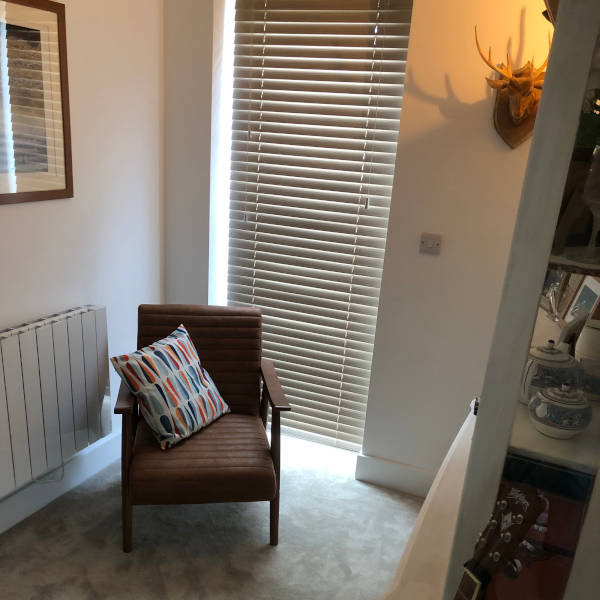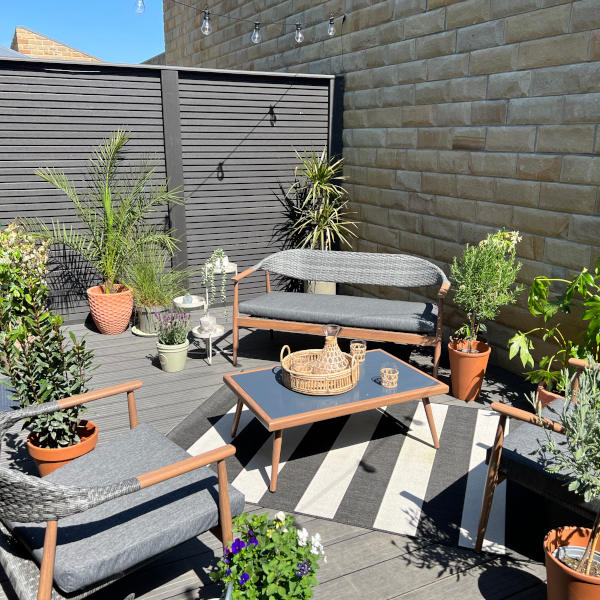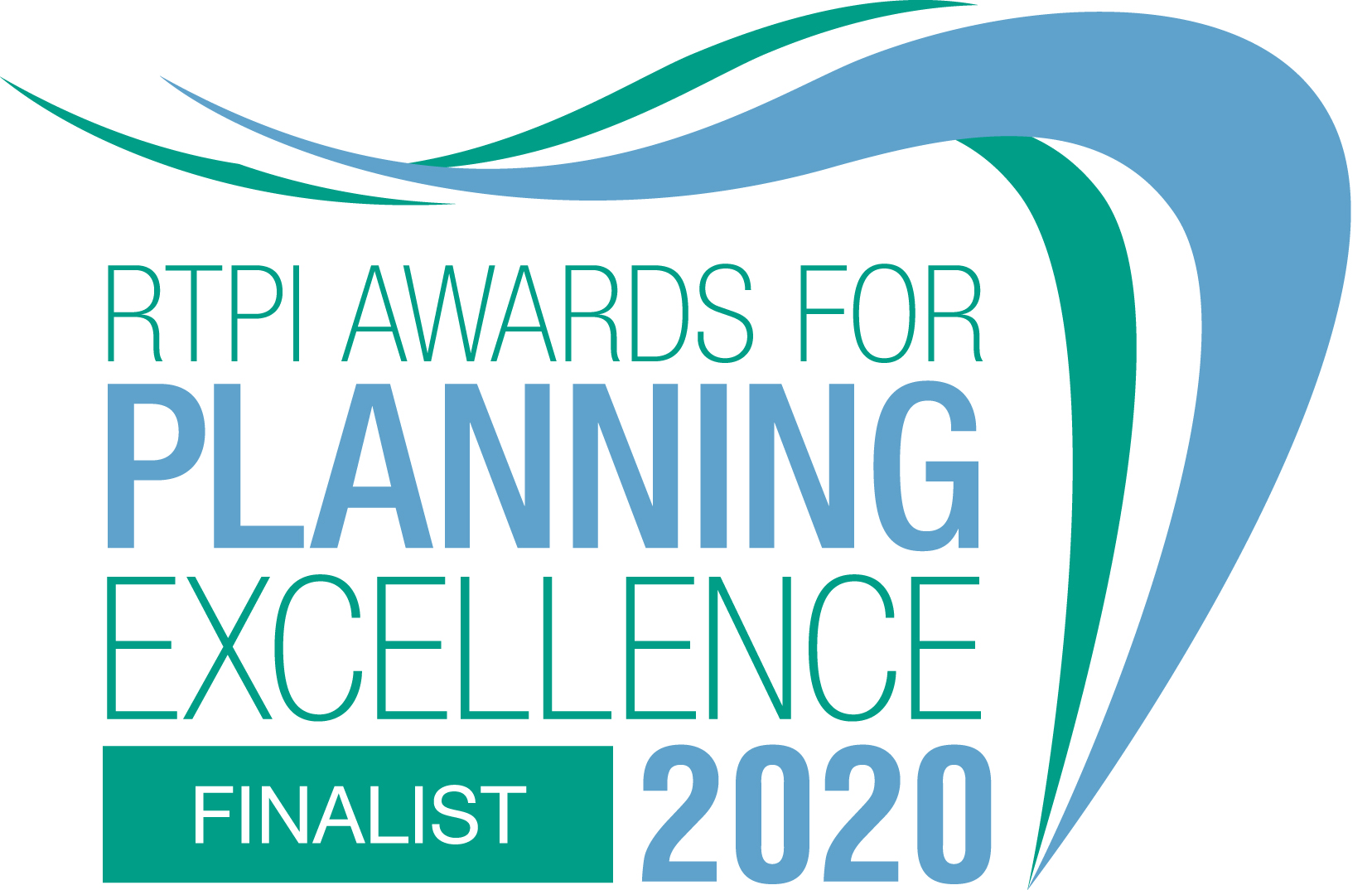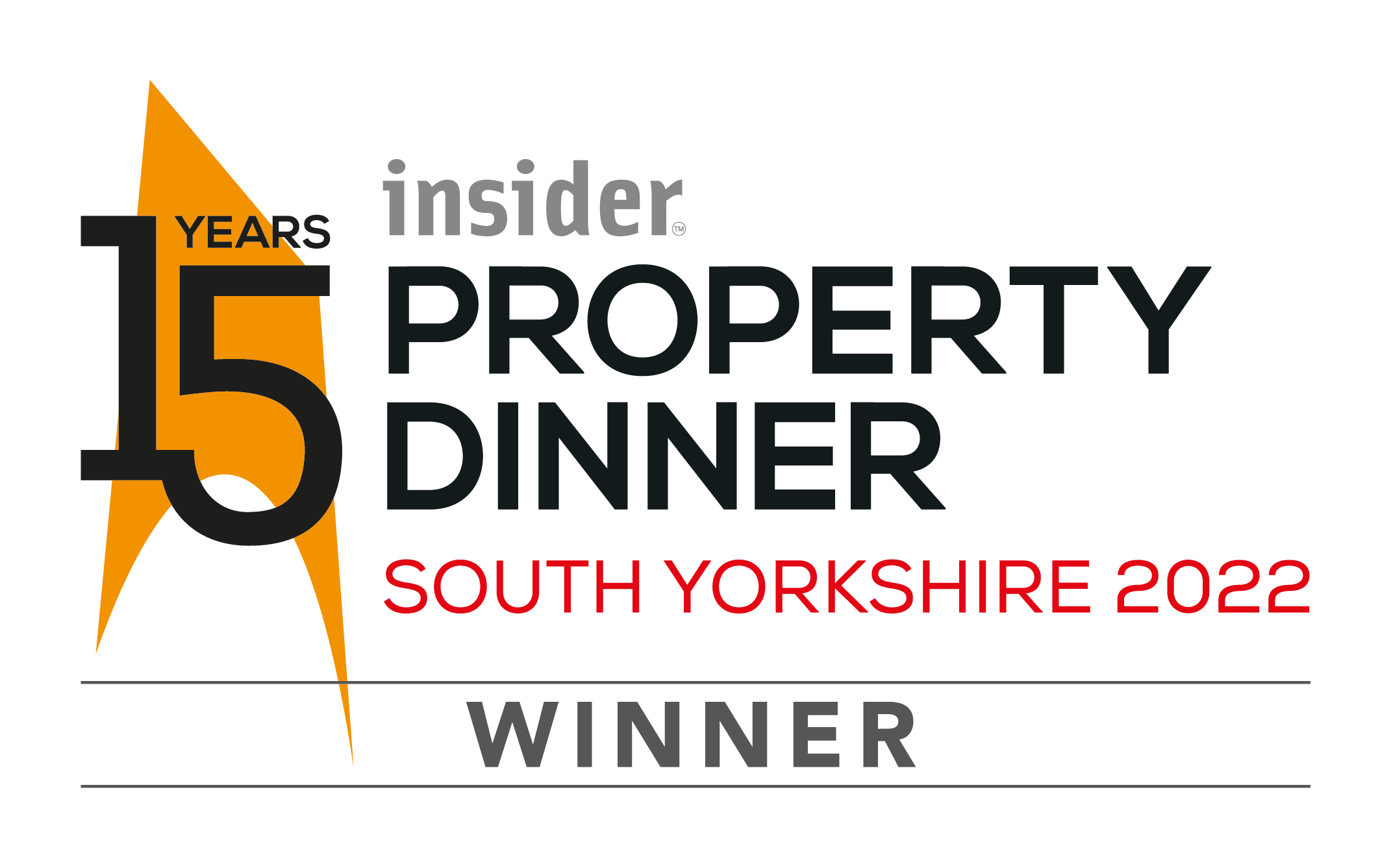Buy-To-Lets Explained - An Investor Guide
Key takeaways
- Rental demand is rising, driven by delayed first-time buying and allowing buy-to-let to become an attractive investment opportunity.
- Buy-to-let mortgages differ from residential mortgages, often requiring their own specified requirements from lenders.
- Consider that landlords face strict legal responsibilities, including safety compliance, deposit protection, and tenant checks.
- Rentals can be profitable, yielding a positive net income when done correctly, but it’s important to understand tax and insurance liable to be paid.

Discover new ventures
Private rentals have significantly increased over the years, with first-time buyers now reaching 32 years of age as a national average. As a result, private dwellings are in higher demand across the housing market, and for much longer time periods. For aspiring property investors, it’s integral to have a deep understanding of the marketing and what is expected from a buy-to-let mortgage. This guide aims to provide a deep dive into what rental properties entail and the legalities surrounding landlords.
Understand the costs of buying
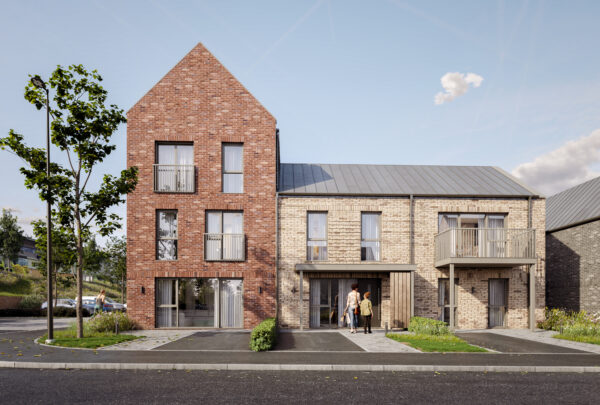
What is a buy-to-let mortgage?
A buy-to-let mortgage differs from traditional residential mortgages, offering the opportunity for individuals to take out a loan in order to obtain an investment property with the intention of being rented.
Lenders will often base their requirements on an 80% Loan-to-Value (LTV) rate and can expect a rental income of 125% or higher. This type of mortgage is specifically catered to landlords, and there are often many specifications that go into obtaining this type of mortgage.

How does a buy-to-let work?
In order to rent out your property, you must obtain a buy-to-let mortgage. There are several key factors that the lender will assess for.
For situations where an individual becomes an ‘accidental landlord’, such as through inheritance, sudden relocation, or struggling to sell within the current market, then certain scenarios can be made by lenders. These may be in the form of ‘consent to let’ contracts which allow for a temporary rental to occur without needing to switch mortgage type.
Affordability
Proof of income must be provided, generally around a minimum requirement of £25,000 per year, with a good credit score to match. Alongside this, there can be age stipulations with some lenders not providing loans for those aged 75 years or above, sometimes even lower. It can also be requested that you already have property ownership in place.
Interest Rates
Generally, interest rates will be higher than a standard residential mortgage. However, this is determined by your LTV, the loan length, and the type of lender.
Repayment
Buy-to-let mortgages will commonly utilise an interest-only repayment method. This allows for the monthly outgoings to cover only the accrued interest, with the outstanding loan to be paid off in full at the end of the term. This is popular due to the lower payments required over a shorter time frame.
Monthly Income
Typically, you cannot charge a lower rental fee if it falls out of your lender’s minimum requirement. As standard, it’s expected that the monthly rent should cover a minimum of 125% of the mortgage. For example, this would result in a £500 mortgage to have a rental cost of £625.
Deposit
For buy-to-let mortgages, a higher deposit is expected and will be set depending on the lender. It’s not uncommon for lenders to stipulate between 20% and 25% as the minimum requirement.
What responsibilities do landlords have?
Landlords have a broad scope of responsibilities that they will be suddenly liable for, which is why it’s important to fully understand what is expected in order to avoid legal repercussions.
If a landlord is found to not comply with legal obligations, the tenants and council can take legal action, which can be escalated to court if left unresolved. This could potentially lead to hefty fines, imprisonment, and being banned from letting properties in the future.
Property maintenance
Within the UK, landlords have a legal and moral obligation to make sure that the property is in good working order and safe for tenants to live in. This is most applicable to major repairs to the property and maintaining the functionality of the home. An up-to-date EPC rating must be supplied to showcase the energy efficiency of the property.
Safety
Creating a safe home is vital before tenants can reside in the property. This means taking out sufficient gas and electric certificates, providing working smoke and carbon monoxide alarms, fire safe furnishings and meeting health and safety inspection standards.
Legal compliance
It’s important that tenants remain protected, which results in an established tenancy contract with full details on the legal agreement between both parties. Additionally, deposit protection schemes are required to ensure that the deposit placed by the tenant is kept secure until the end of their tenancy.
As a landlord, it’s your responsibility to conduct right to rent checks on the tenant to ensure they are legally allowed to reside in the UK.
Tax payments
One crucial aspect of renting a property is the additional tax that needs to be paid. When letting out a property, it becomes subject to capital gains tax which is then liable to be paid once sold. If this isn’t your first property, or secondary to an existing one, then stamp duty must be charged for the value of the entire property price.
Insurance
Three levels of insurance are required to be taken out when becoming a landlord. This includes building insurance, which is essential to obtaining your mortgage and protecting the property. Contents insurance will cover all furniture and fixtures within the home in the event of any damage occurring. Landlord liability insurance protects you if any injury or death occurs to the tenants while within the boundaries of the property.
Is a buy-to-let worth it?
Choosing to become a landlord is a personal choice and one that is dependent upon the type of property and your current financial or personal situation. When conducted efficiently and legally, while having an in-depth understanding of the market, then letting a property can be a lucrative and rewarding outcome.
A letting agent can act on your behalf to eliminate additional stress and ensure the process remains compliant. They can encompass tasks such as finding tenants, collecting rent, managing maintenance issues, and becoming the main point of contact.
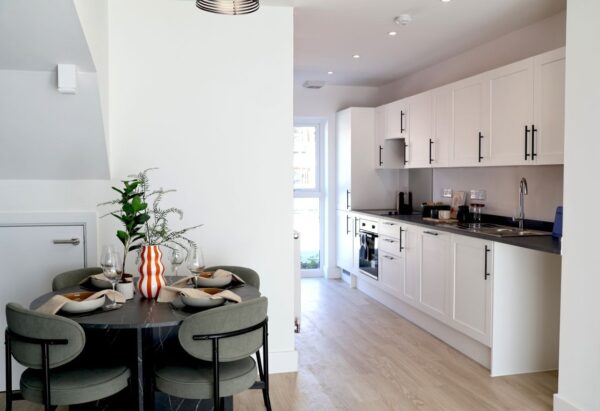
Can you get a buy-to-let mortgage on new builds?
Absolutely, there are a variety of lenders on the market who provide buy-to-let mortgages for newly built properties. New build homes are incredibly popular in the rental market since they’re not as common as older homes, while also often having great EPC ratings and lower maintenance costs. Additionally, newer properties are becoming more integrated with sustainable features, which are becoming high in demand to help combat rising energy costs.

Become investor-ready with Sky-House
At Sky-House Co., we are passionate about creating design-led homes that are at the forefront of sustainability and community. Our homes feature integrated solar panels, EV charging, air source heat pumps and carbon-neutral construction methods as standard, resulting in lower maintenance costs and adopting the philosophy of eco-living.
Our team are on hand to offer friendly guided support, helping you navigate the market with our trusted sales advisors. To find the right home for your investment journey, reach out to a member of our team today!
Get in touch


